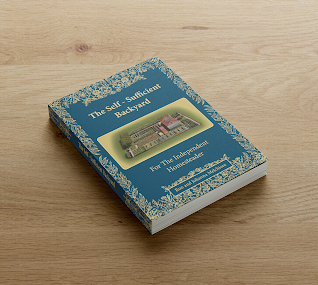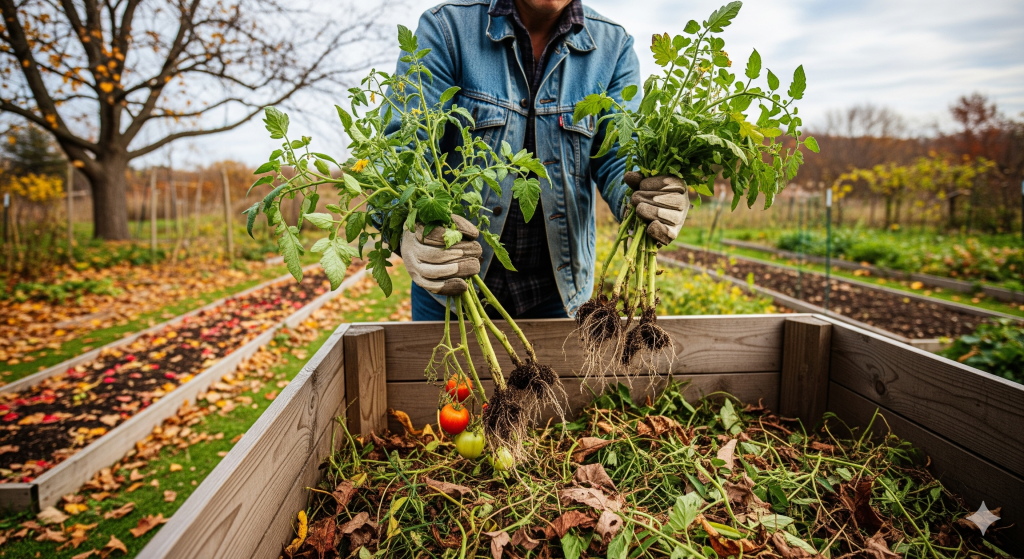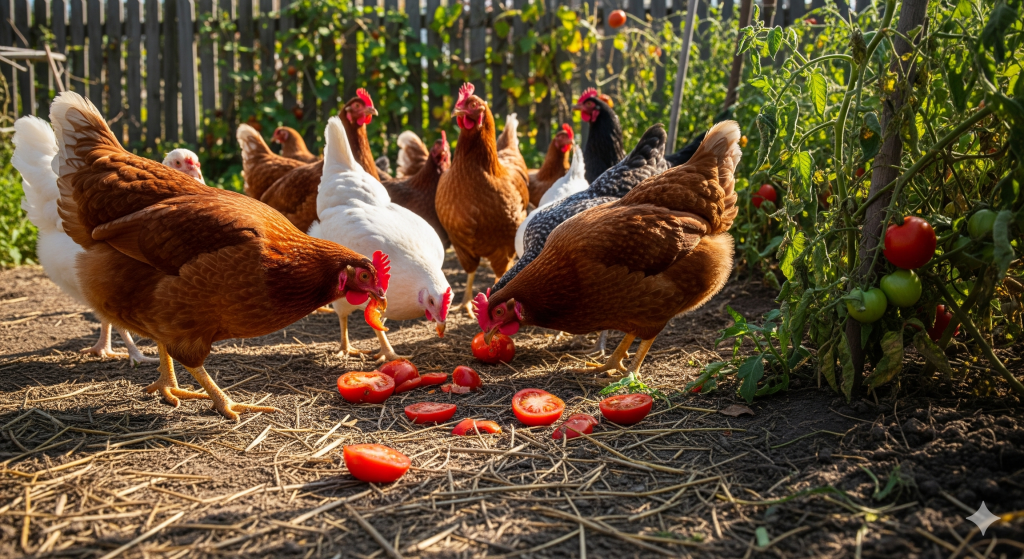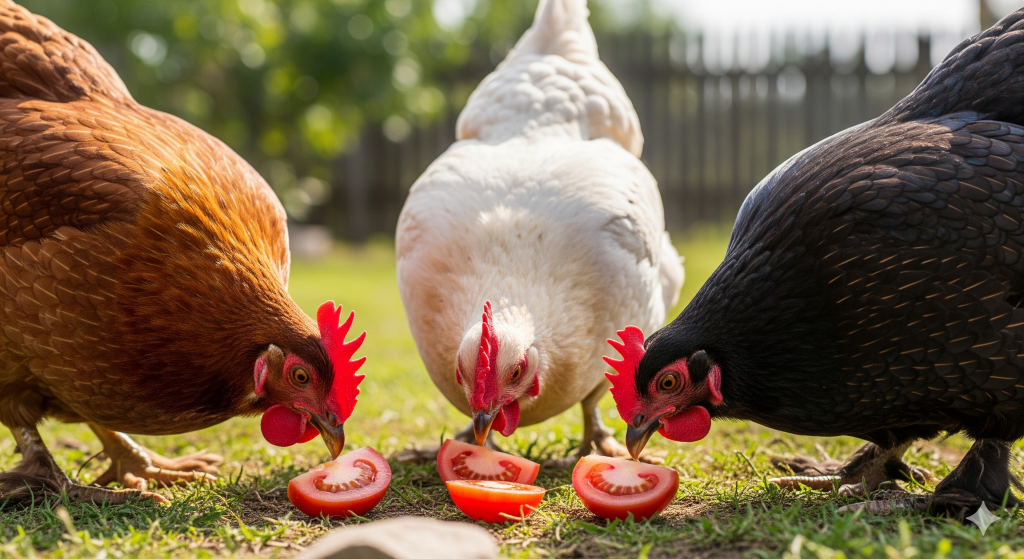Table of Contents
As the gardening season winds down, the question of what to do with spent tomato plants is a common one. Composting is an excellent way to recycle garden waste and create nutrient-rich soil for the following year, but it’s essential to know the do’s and don’ts, especially when it comes to disease-prone plants like tomatoes.
Can I Compost Tomato Plant Leaves?
Yes, you can compost tomato plant leaves, provided they are healthy. Tomato leaves are a good source of nitrogen, which is a key component of a healthy compost pile. However, it’s crucial to inspect the leaves for any signs of disease before adding them to your compost.
Can I Compost Old Tomato Plants?
Absolutely. Old, end-of-season tomato plants are a great addition to your compost pile. The dried stalks and leaves provide valuable “brown” or carbon-rich material that helps to balance the “green” nitrogen-rich materials like kitchen scraps. To speed up the decomposition process, it’s a good idea to chop up the plants into smaller pieces before adding them to your pile.
Can I Compost Tomato Plants with Blight?
This is the most critical question, and the answer is a firm no. You should not compost tomato plants with blight or any other fungal or bacterial disease. The spores of these diseases can survive the composting process in a typical home compost pile, which often doesn’t reach the high temperatures necessary to kill them. Using this compost in your garden the following year can then spread the disease to your new plants. It’s always best to err on the side of caution and dispose of any diseased plant material in the trash or by burning it, if local regulations allow.
Can You Compost Tomato Plants in the Fall?
Yes, fall is the perfect time to compost your healthy tomato plants. As you clear out your garden beds in preparation for winter, you can add your spent tomato plants to your compost pile along with other garden debris like leaves and grass clippings. This will give them plenty of time to break down over the winter and be ready to enrich your soil in the spring.
Ready to Take Your Self-Sufficiency to the Next Level?

If you love the self-sufficient lifestyle, this is the only guide you’ll ever need. Learn how to generate your own power, secure your water supply, and become truly independent. No fluff, just actionable plans.
➡️ Check out The Self-Sufficient Backyard and start your journey today!
Conclusion
Composting tomato plants is a fantastic way to recycle garden waste and build healthy soil, but it must be done with care. As long as your plants are free from diseases like blight, their leaves and stems are a valuable addition to your compost pile. By being mindful of what you add to your compost, you can create a “black gold” that will nourish your garden and help you grow an even more bountiful harvest next year.



